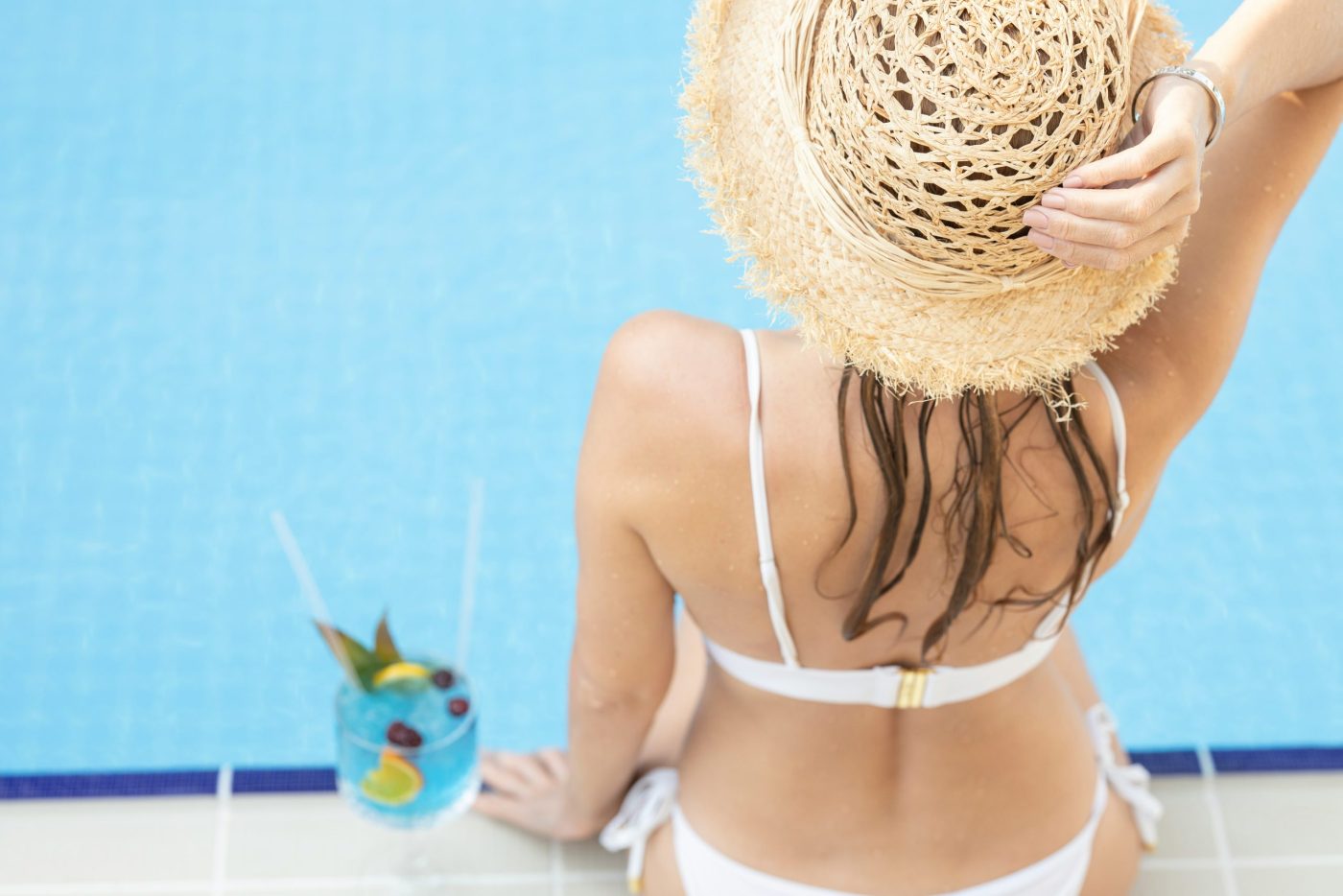
Kiwis are likely to spend considerable time outdoors this summer, with the National Institute of Water and Atmospheric Research (NIWA) predicting warm and dry conditions across most of the country.
SunSmart behaviours are as important as ever to keep people safe, as too much exposure to the sun’s UVR (Ultraviolet radiation) can damage their health by causing sunburn, premature ageing, and increasing the risk of skin cancer.
New Zealand is consistently ranked alongside Australia with the highest skin cancer rates in the world, with more than 90,000 skin cancers diagnosed here every year.
NIWA meteorologist Dr Richard Turner says currently UVR is tracking at or below the levels of recent years but is still very high and will increase further yet to extreme levels.
“UVR levels are generally high in our summer months when the sun is high in the sky and fine days are more frequent.
“People are also often concerned about the ozone hole contributing to high UVR exposure and we do see impacts associated with that as stratospheric blobs of depleted ozone cross the country.
“These blobs are caused by the later summer breakdown of the ozone hole.
“The good news is this year’s ozone hole was the seventh smallest since 1992.
“The bad news is it’ll be several decades before the ozone hole fills in completely, so New Zealand summer UVR levels and associated risks will remain high this year, and for years to come.”
Even when the ozone hole has completely recovered, summer UVR levels here will still be extreme, but a little less so.
This summer, the outlook is for drier and warmer conditions for most of the country, except for eastern regions like Canterbury and Hawkes Bay, where near normal rainfall but still warmer than normal conditions are expected.
Cancer Society of NZ researcher Dr Bronwen McNoe agrees it’s vital for Kiwis to continue to be cautious outdoors this summer as they take advantage of the good weather, and that simple SunSmart behaviours can protect people from the harmful effects of UVR from the sun.
“You can protect yourself by being SunSmart and remembering to Slip, Slop, Slap, and Wrap.
“This means slipping on clothes to cover as much skin as possible; slipping into shade, especially during the middle of the day; slopping on sunscreen of at least SPF 30 every two hours; slapping on a wide-brimmed hat; and wrapping on close-fitting, sun-protective sunglasses.”
People can also access daily UVR level forecasts by downloading apps including the UVNZ app, NIWAWeather and the Metservice app.
Early detection is also key to avoiding skin cancer, which means regularly checking skin for any new moles, spots or changes, and seeing a doctor if anything unusual is noticed.
For more information, tips and resources on being SunSmart, visit www.sunsmart.org.nz.









